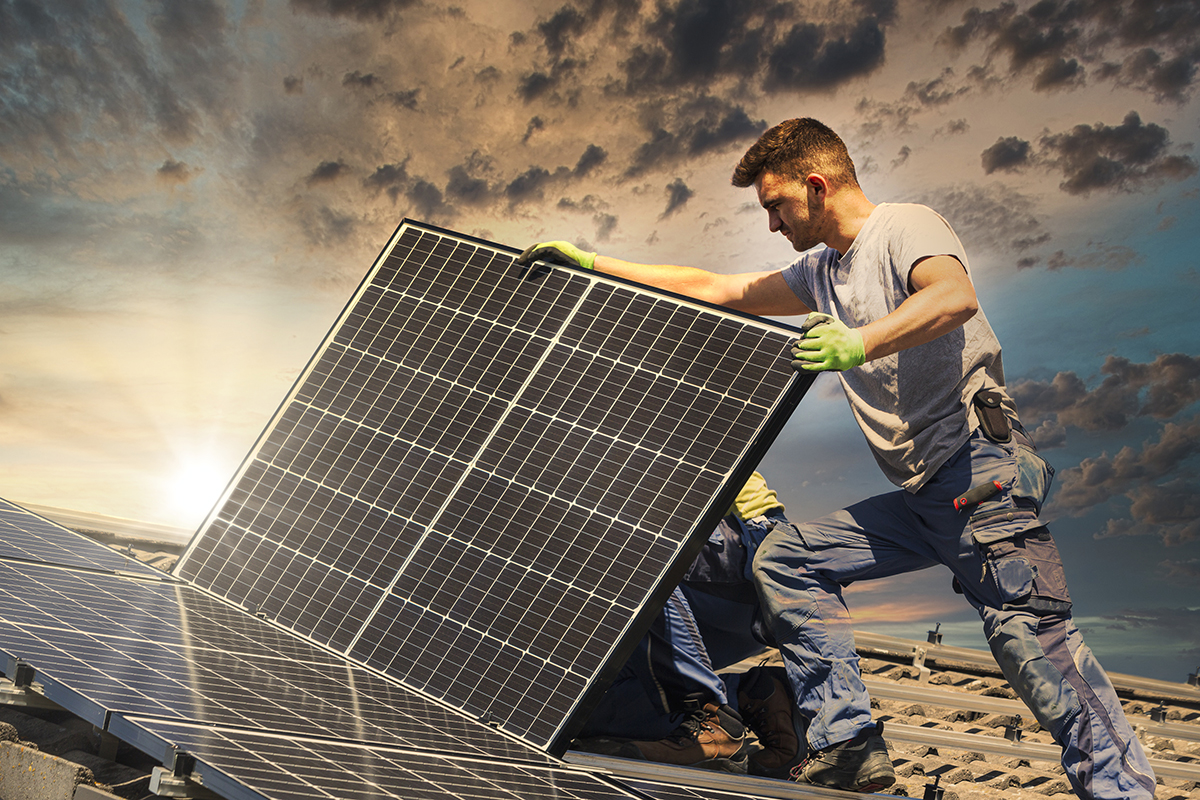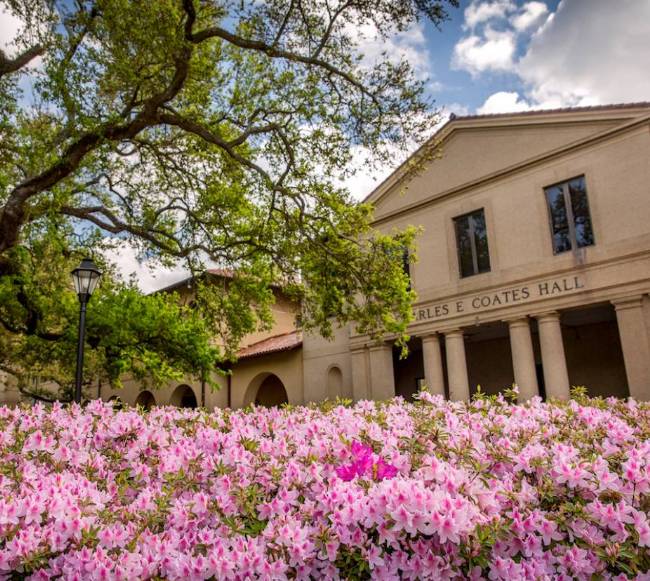Designing the Best Possible Solar Cell, by Engineering a Bit of Quantum Supremacy
January 20, 2021
Improved Materials for Solar Cells
Solar cells work by turning particles of light, or photons, into electricity. But even on a sunny day, the harvest in most solar cells on the market today can be mindbogglingly uneven. Since photons are discrete particles, they are subject to quantum effects, which makes them unpredictable or—as Omar Magaña-Loaiza, assistant professor and head of the quantum photonics lab in the LSU Department of Physics & Astronomy says—“crazy.”
He and his collaborators are building a quantum simulator with a gold chip to study the transport of light and are figuring out how to manipulate it in just the right way to be able to harvest more photons faster and make solar cells more efficient.
As it turns out, introducing some amount of mayhem in the materials is required.
“Materials are basically networks of atoms,” Magaña-Loaiza said. “And if you order the atoms in a certain way you can slow down or speed up the photons as they travel through the material, and with just the right amount of disorder in the network, you can boost the transport.”

While solar represents 15% of all renewable electricity generation today (compared to wind power at 38% and water power at 37%) solar is expected to surpass both and account for almost half of all electricity from renewable sources in 2050, according to the U.S. Energy Information Administration. Considering that total renewable electricity generation is expected to triple by then, the total amount of solar power would increase almost ten-fold. Instead of installing ten times more solar panels, which are made with fairly expensive materials, it would be more affordable to install fewer and more efficient solar panels—that’s what LSU researchers are working on now, thanks to a five-year grant from the U.S. Department of Energy.
– Adobe Stock
“As one of the nation’s leading heavy industrial contractors, our company is committed to championing innovative solutions to help our customers secure and sustain operations in often challenging environments. LSU’s exciting research on materials and light for improved solar cells could have positive implications for some of our customers’ resilience and efficiency efforts.”
- Stephen M. Toups, president of Turner Industries


